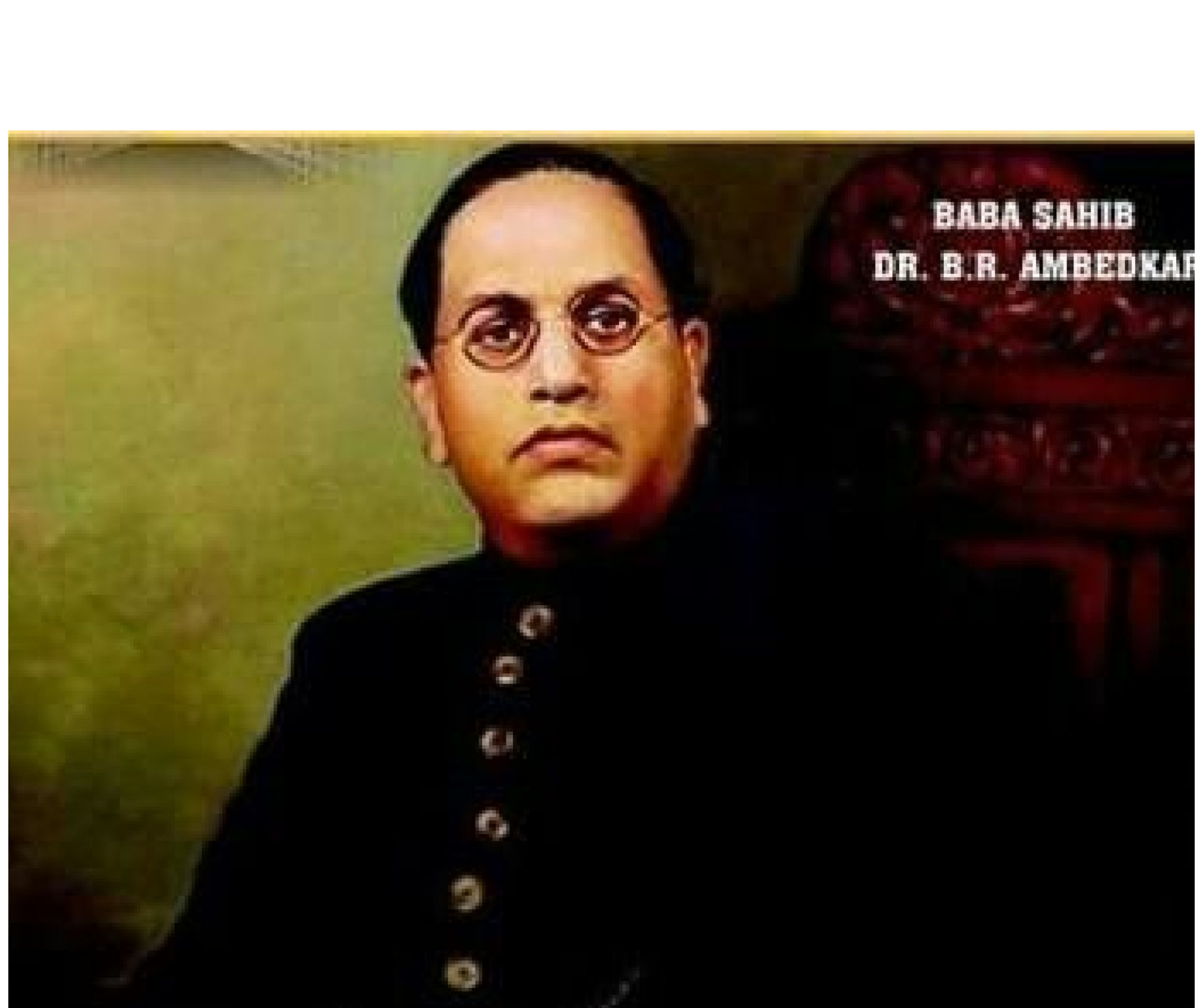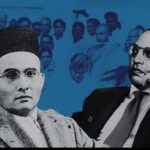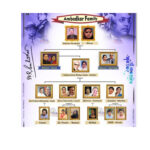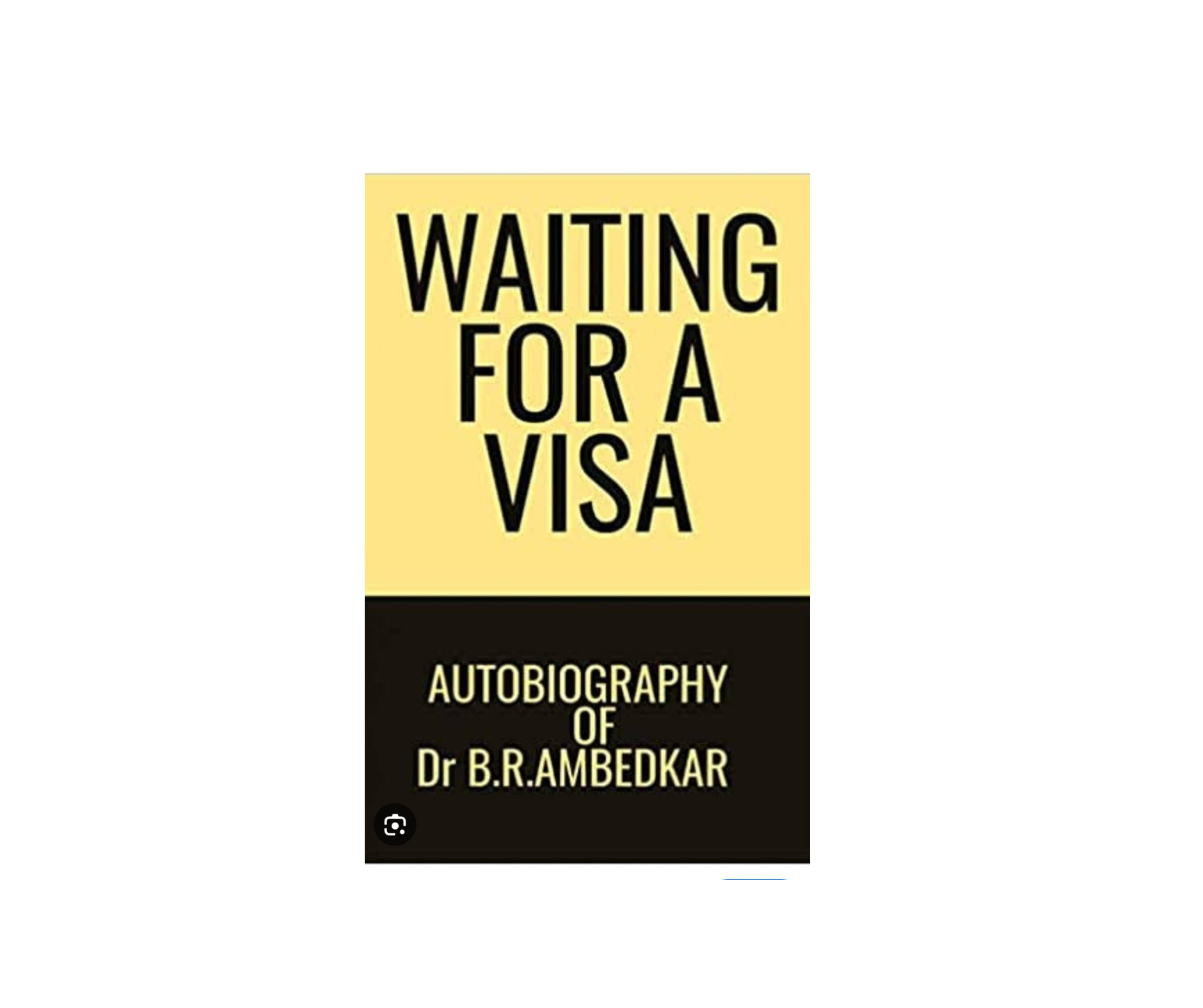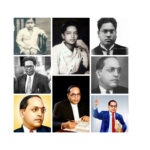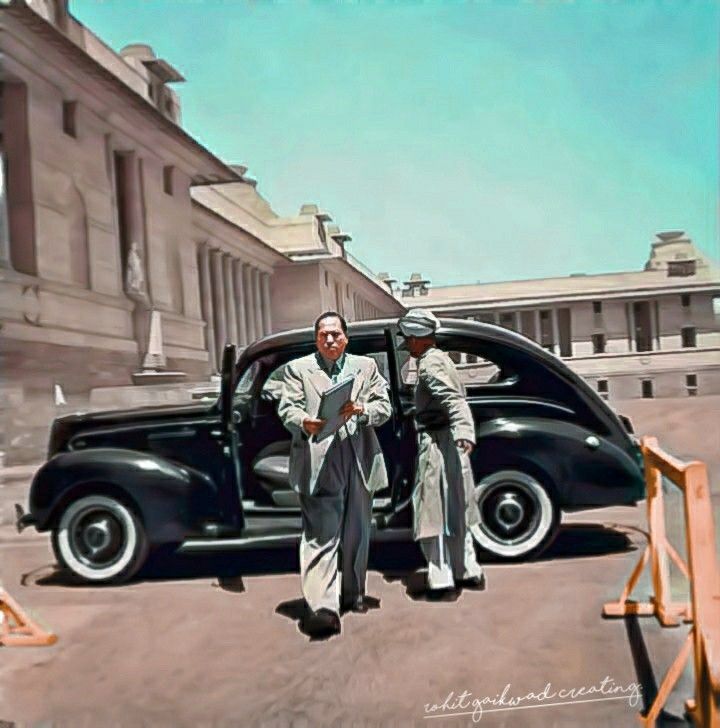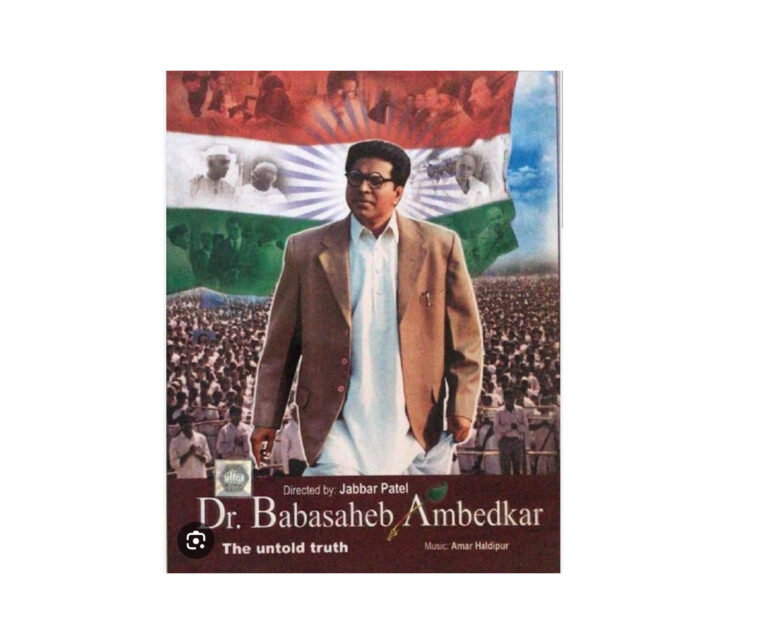Dr BR Ambedkar Biography in English is a story of beating odds—caste, poverty, you name it—to become India’s greatest reformer.
Introduction of Dr B. R. Ambedkar
Dr. Bhimrao Ramji Ambedkar, lovingly called Babasaheb, was one of the greatest leaders India has ever seen.
He was a social reformer, lawyer, economist, and the chief architect of the Indian Constitution. But more than all this, he was a voice for the voiceless. He stood for equality when the world around him was full of discrimination.
He believed that every human being deserves respect and dignity, no matter their caste, background, or status.
B. R. Ambedkar Born in Which State?
Dr. Ambedkar was born on 14 April 1891 in Mhow, a small town in Madhya Pradesh, which was then part of the Central Provinces under British rule. He was born into a Dalit Mahar family, which was considered “untouchable” by the caste system in India.
Even though his family faced extreme discrimination, his father, Ramji Sakpal, strongly believed in the power of education. That belief shaped Ambedkar’s future.
Dr. B. R. Ambedkar Life History in English
Early Life
As a child, Ambedkar faced cruel treatment from society. In school, he had to sit separately from the “upper-caste” children. He was not allowed to drink water from the common tap. Still, he didn’t give up. His thirst for knowledge was stronger than the injustice around him.
Thanks to his intelligence and determination, he got scholarships from the Maharaja of Baroda and went abroad to study.
A Journey of Excellence
Ambedkar’s thirst for knowledge was unstoppable. He earned multiple degrees, a rare feat at the time.
B.R. Ambedkar Degrees List
| Degree | Institution | Year |
|---|---|---|
| Matriculation | Elphinstone High School, Bombay | 1907 |
| Bachelor of Arts (B.A.) | Elphinstone College, Bombay | 1912 |
| Master of Arts (M.A.) | Columbia University, USA | 1915 |
| PhD | Columbia University, USA | 1917 |
| MSc | London School of Economics | 1921 |
| Barrister-at-Law | Gray’s Inn, London | 1923 |
| DSc | London School of Economics | 1927 |
Degrees List: Ambedkar’s academic achievements are legendary, earned multiple advanced degrees, including doctorates in law, economics, and political science from some of the world’s top universities
He was one of the most highly educated Indians of his time, yet discrimination followed him even after returning to India.
Struggles and Social Reform: The Fight Against Caste
Even with his impressive qualifications, Ambedkar faced discrimination when he returned to India. As the defense secretary for the King of Baroda, he was still treated as an untouchable and faced daily humiliations. These experiences only strengthened his resolve to fight for the rights of the marginalized.
- Advocacy: Ambedkar started organizations and newspapers like Bahiskrit Bharat to spread awareness and fight for the depressed classes.
- Education and Empowerment: He believed that education was the key to social upliftment and worked tirelessly to promote it among Dalits.
- Political Action: He formed the Independent Labour Party in 1936 to represent the interests of workers and the oppressed.
Fighting Caste: The Mahad Moment
Back in India, Babasaheb didn’t just talk—he acted. In 1927, he led the Mahad Satyagraha in Maharashtra, 150 km from Mumbai. Why? Dalits were banned from drinking from Chavdar Lake. He marched 15,000 Dalits to the lake, sipped water, and sparked a revolution. Upper castes attacked, but he stood firm. “Water is for all,” he roared.
In 1930, he led the Kalaram Temple entry movement in Nashik, demanding Dalits’ right to worship. In 1936, his book Annihilation of Caste called caste a “monster” and Hinduism its root. He told Dalits: “Educate, Agitate, Organize.” By 2025, caste-based attacks show why his fight matters. Mahad was Babasaheb’s war cry.
The Poona Pact: A Game-Changer
In 1932, Babasaheb shook India again. The British gave Dalits separate electorates—their own voters, their own seats. Gandhi, fasting in jail, said it’d split Hindus. Babasaheb met him in Pune’s Yerwada Jail. After heated talks, they signed the Poona Pact: Dalits got more reserved seats but within the Hindu votes. Result? 147 reserved seats in the 1935 elections (Rattu, 2017).
Some Dalits felt cheated; separate electorates could’ve given pure Dalit power. But Babasaheb saw the bigger game—political voice. “He traded short-term gain for long-term unity,” says historian Ramachandra Guha on X (2024). Today, 84 Lok Sabha seats are reserved for Scheduled Castes (ECI, 2024).
Shaping the Constitution
By 1947, Babasaheb was India’s first Law Minister, handpicked by Nehru. As chairman of the Drafting Committee, he wrote the 1949 Constitution. Article 17 banned untouchability—his biggest win. He fought for equality, free speech, and reservations. “The Constitution is my soul,” he said in 1950.
It wasn’t easy. Hindu hardliners wanted a Manusmriti-based code; Babasaheb pushed secular laws. He worked 18-hour days, despite diabetes and joint pain (Rattu, 2017). By 2025, 93% of informal workers (2017) rely on his labor laws. “He gave India its spine,” says scholar Anupama Rao (2024).
The Buddhist Leap: A New Path
By 1935, Babasaheb was done with Hinduism. “It’s a prison of caste,” he said at Yeola. In 1956, he converted to Buddhism in Nagpur with 500,000 followers—80% of Maharashtra Dalits followed (2011 Census). Why Buddhism? It’s focus on equality, not gods. He wrote The Buddha and His Dhamma (1957), his last gift.
His health tanked—diabetes, blindness, pain. On December 6, 1956, he died in Delhi, aged 65. Lakhs mourned at Chaitya Bhoomi, Mumbai. “His conversion was a rebirth for Dalits,” says Kancha Ilaiah Shepherd on X (2024).
Personal Life: Love and Loss
Babasaheb married twice. Ramabai, his first wife (1906-1935), was a Mahar girl who stood by him through poverty. She died young, leaving her son Yashwant.
Savita (Maisaheb), a Brahmin doctor, married him in 1948, managing his health till 1956. Yashwant, the only surviving child of five, led the Buddhist Society of India (Gaikwad, 2016).
His loves? Books—50,000 in Rajgriha, Mumbai (Rattu, 2017)—and fountain pens (Parker, Sheaffer). He ate simple dal, roti, and sometimes chicken. “His heart was justice, not luxury.”
Legacy and Achievements
Dr. Ambedkar’s impact on India is immeasurable:
- Social Reformer: He fought for the rights of Dalits and women, and his efforts led to significant social reforms.
- Economic Thinker: He played a key role in the formation of the Reserve Bank of India and advocated for reducing working hours for laborers.
- Author and Scholar: His autobiography, Waiting for a Visa, is studied at Columbia University. He wrote influential books like Annihilation of Caste and The Buddha and His Dhamma.
- Honors: In 1990, he was posthumously awarded the Bharat Ratna, India’s highest civilian honor.
Conclusion
Information about Dr B R Ambedkar in English isn’t just facts, it’s fuel.
Dr. B. R. Ambedkar’s life is a story of courage, resilience, and unwavering commitment to justice. From humble beginnings in Madhya Pradesh to the halls of global universities and the Constituent Assembly of India, his journey inspires millions to this day. Ambedkar taught us that education, determination, and compassion can break even the strongest chains of discrimination. His legacy continues to guide India towards a more just and inclusive future.
Dr. B. R. Ambedkar’s story is proof that one person’s vision and determination can change a nation. His life is not just history- it’s a lesson for all of us.
